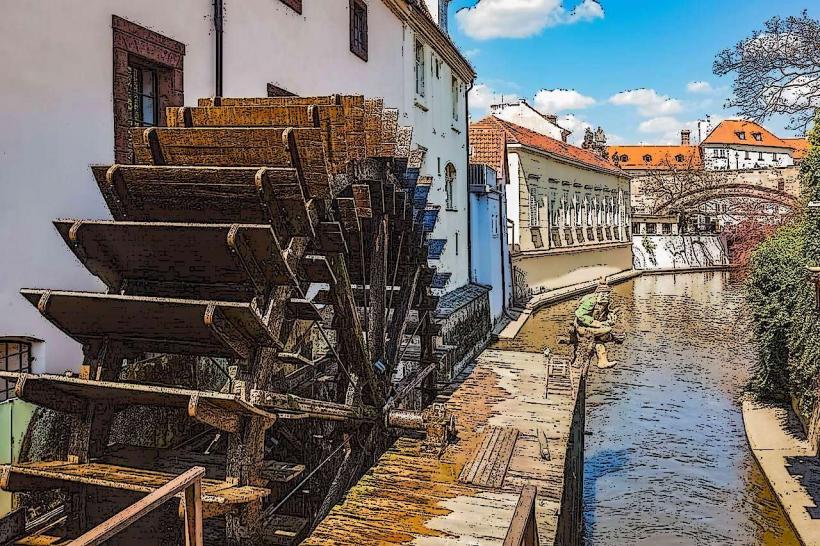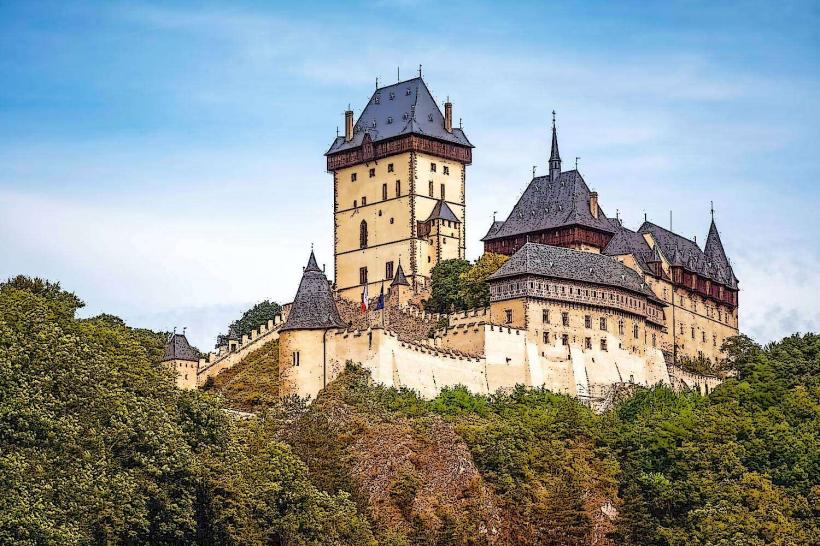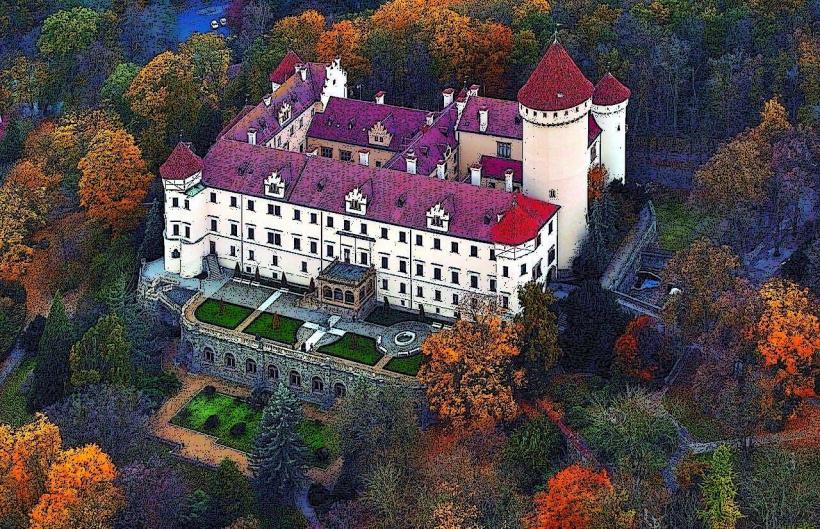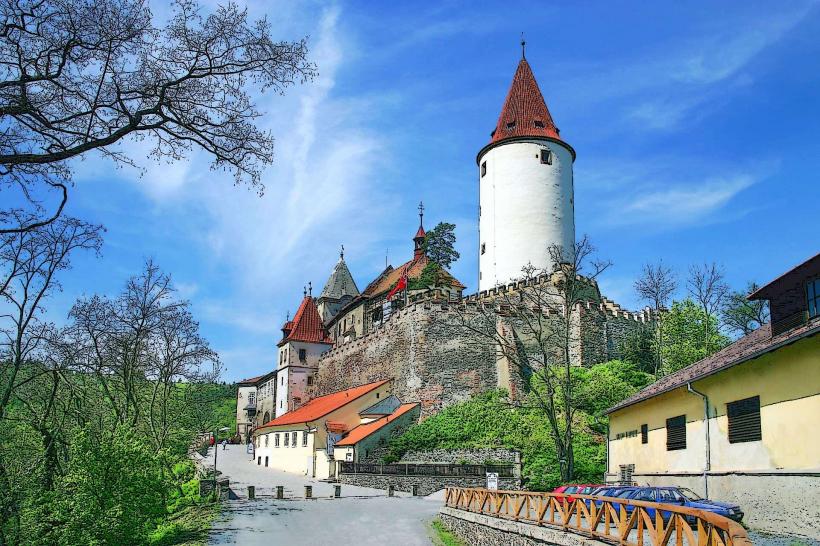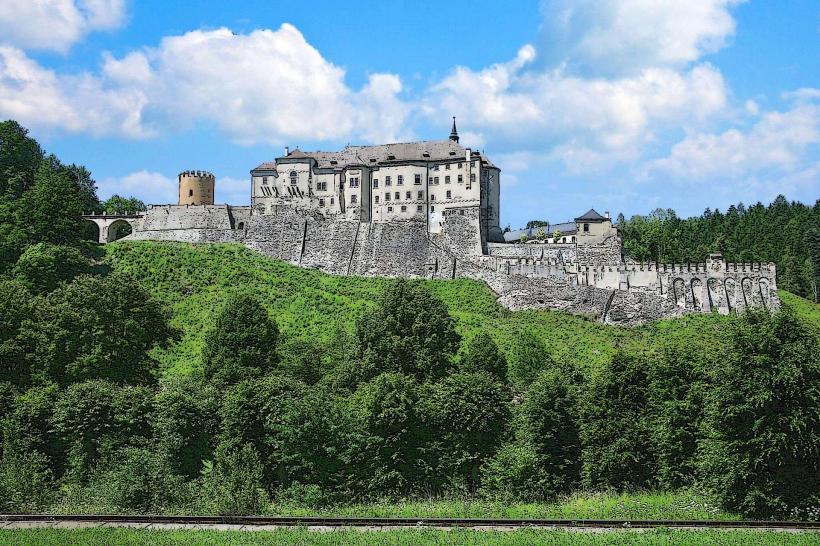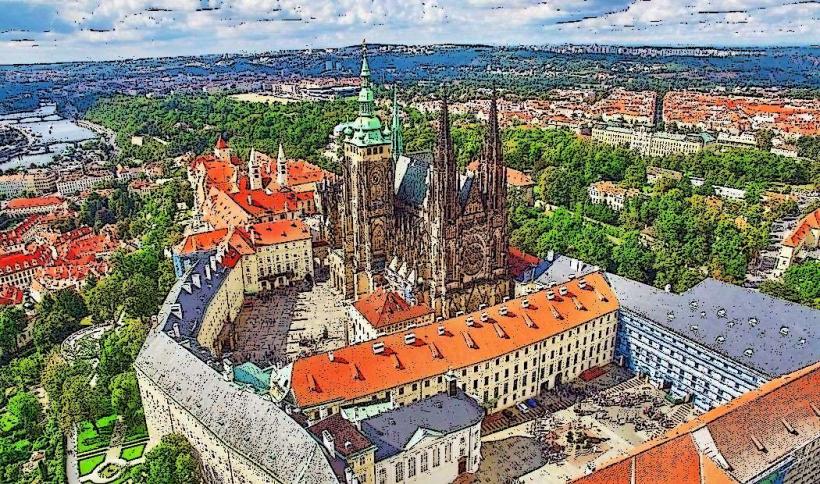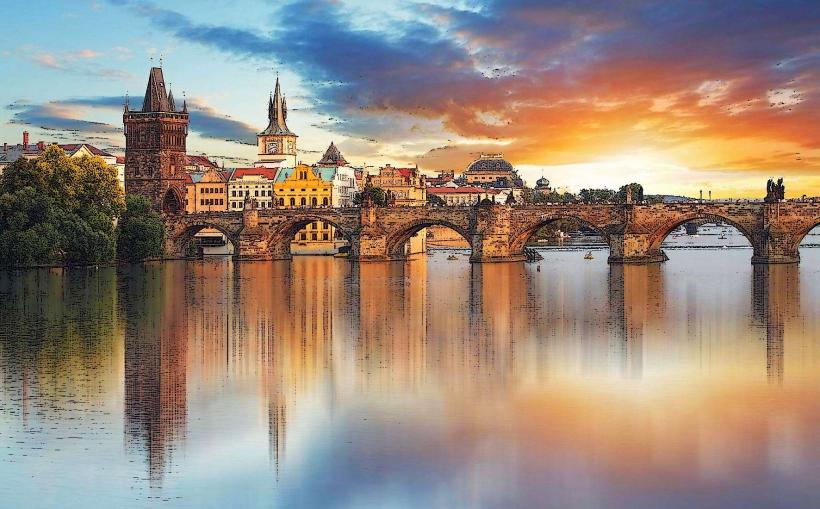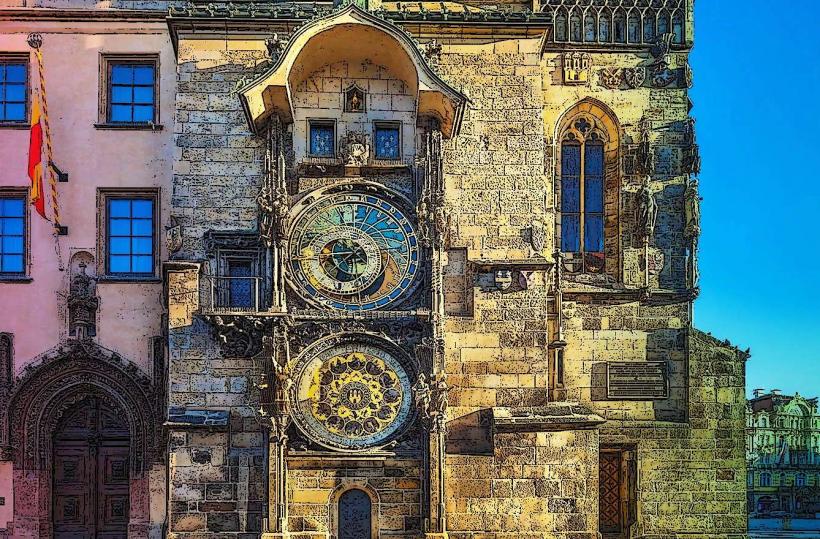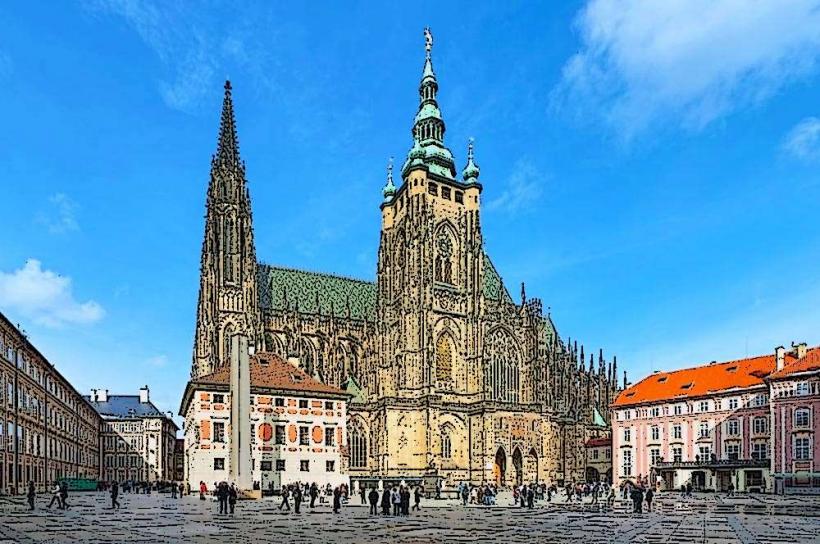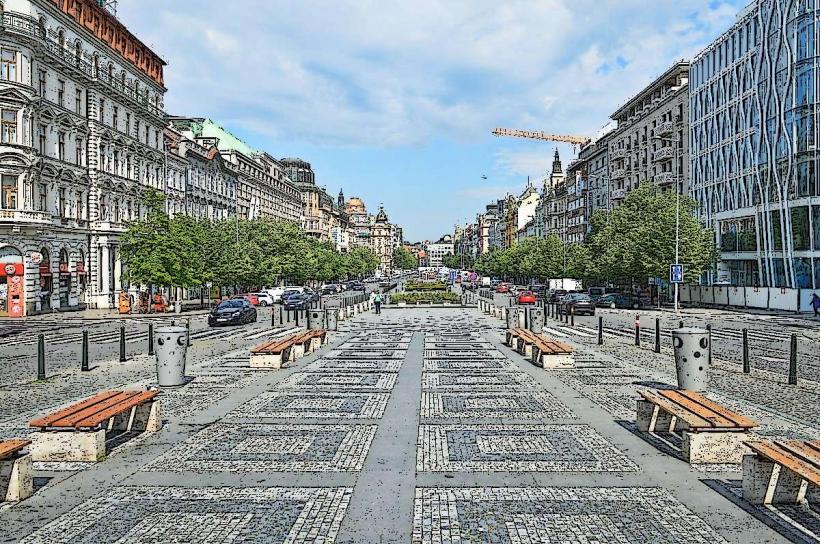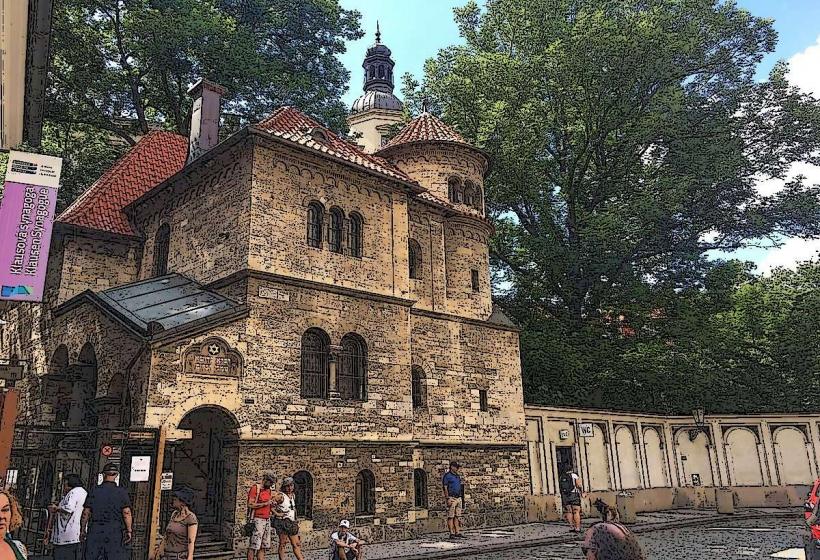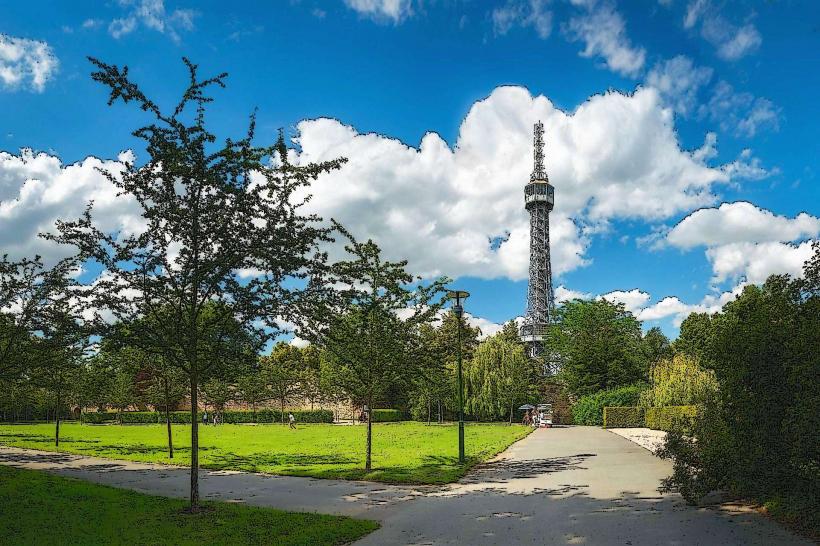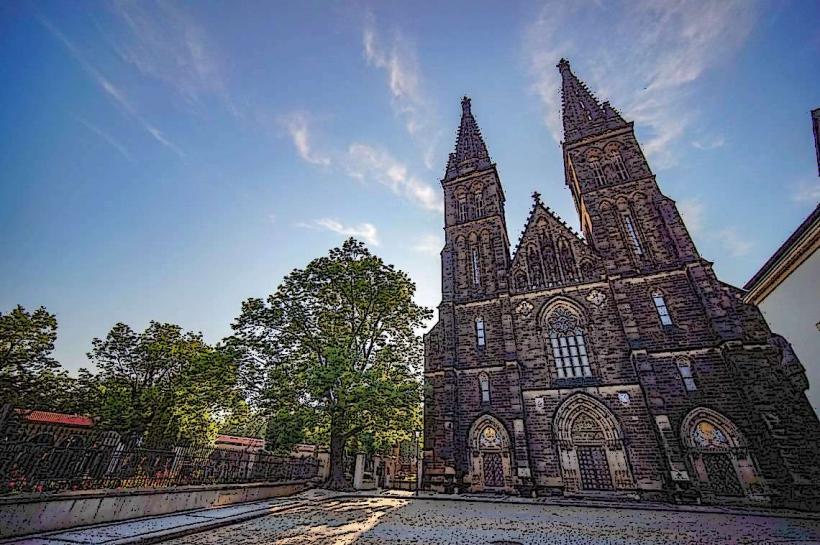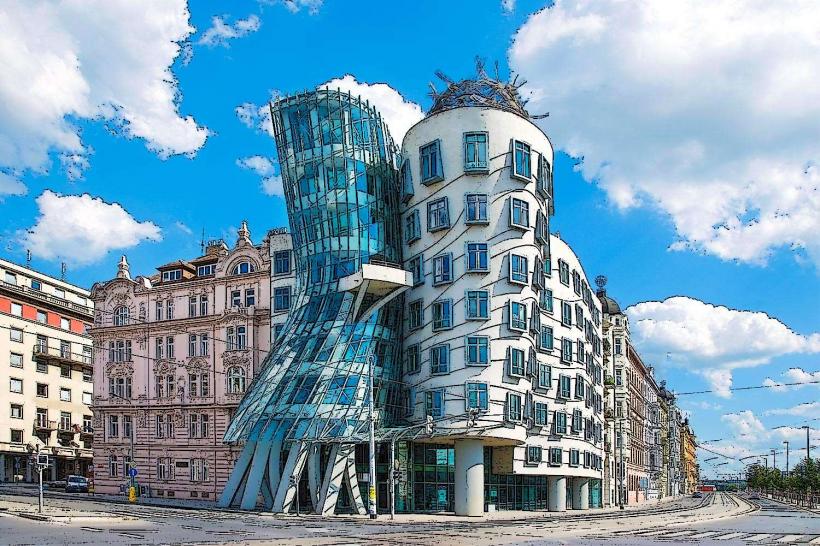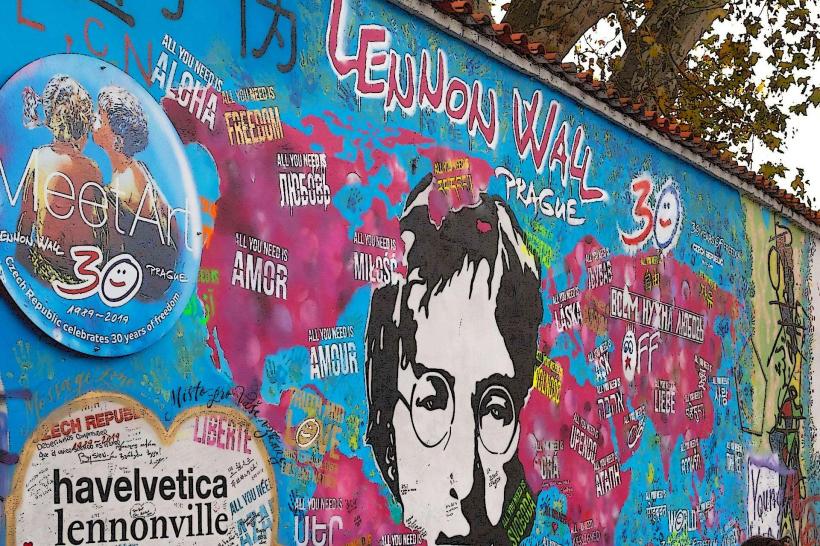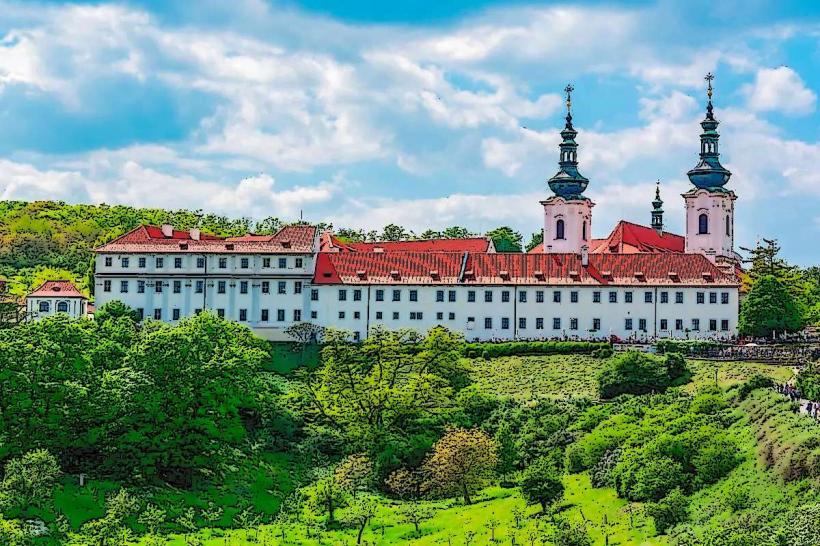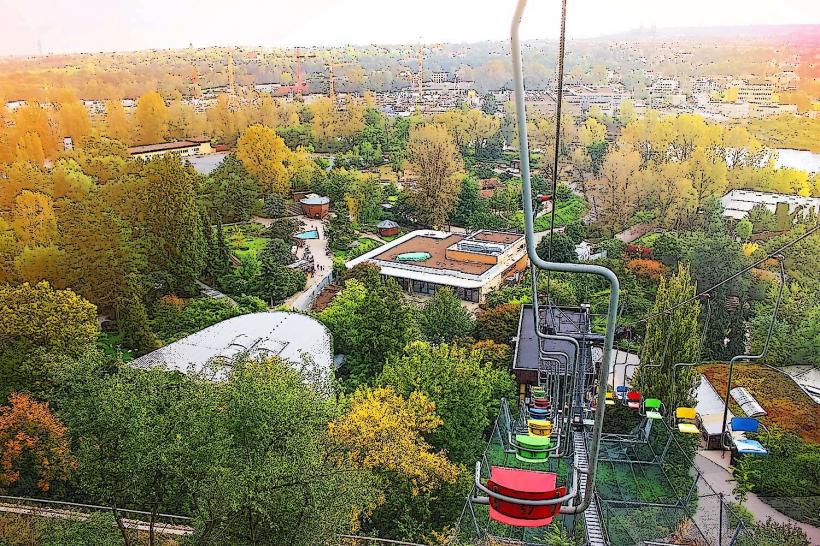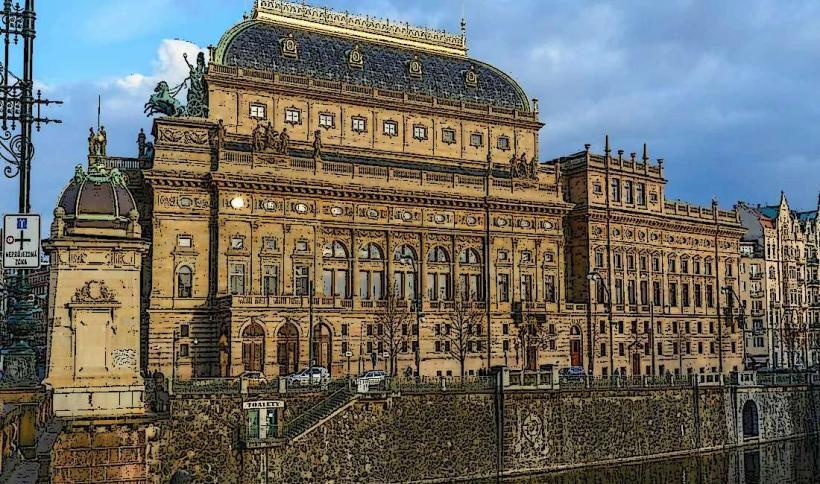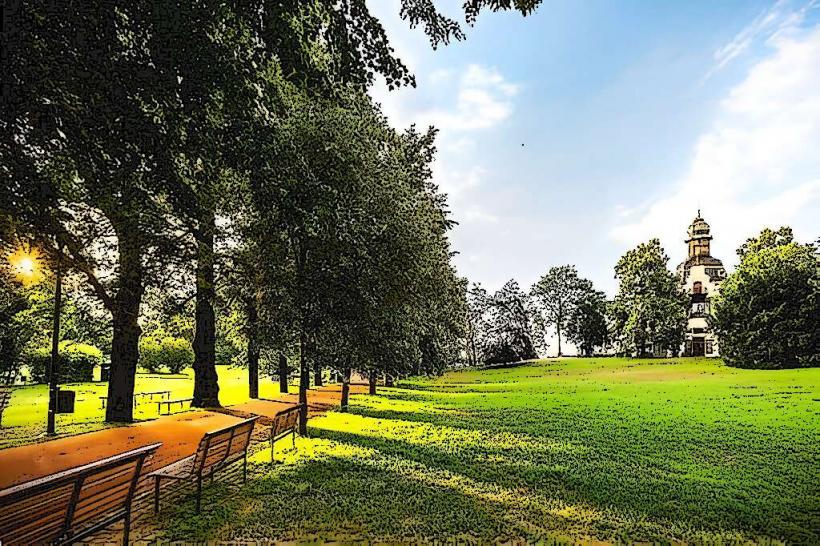Information
Landmark: National Museum of PragueCity: Prague
Country: Czech Republic
Continent: Europe
National Museum (Národní muzeum) – Detailed Overview
The National Museum (Czech: Národní muzeum) is one of the most important and prestigious cultural institutions in the Czech Republic. Located at the top of Wenceslas Square in Prague, the museum is dedicated to collecting, preserving, and displaying the natural history, cultural heritage, and artistic achievements of the Czech lands and the broader world. It plays a crucial role in the educational and historical landscape of the Czech Republic.
History of the National Museum
The National Museum was founded in 1818 by Kašpar Maria Šternberk, a prominent Czech aristocrat and naturalist. Its creation was part of a broader movement to preserve the country’s cultural heritage and natural resources. The museum quickly became a center for research, education, and public exhibitions.
Early Development: The National Museum's origins lie in the collections of the Czech Enlightenment, which sought to preserve and catalogue the country's natural history and cultural artifacts. Over the years, the museum’s collections expanded to include archaeology, ethnography, history, music, and art.
19th Century: Throughout the 19th century, the National Museum played a key role in the cultural and intellectual life of the Czech lands. It became a symbol of national pride and a place where Czechs could explore and celebrate their heritage.
20th Century and Beyond: The museum continued to grow in the 20th century, and its collections now represent a comprehensive look at the natural world, Czech history, and world art. In recent decades, the museum has undergone modernization and expanded its facilities to ensure it remains a vital part of Prague's cultural landscape.
The National Museum Building
The main building of the National Museum is one of Prague’s architectural gems, designed in the neo-Renaissance style by architect Josef Schulz. It stands at the top of Wenceslas Square, dominating the view from the square and acting as one of the most recognizable landmarks in Prague.
- Construction: The building’s construction began in 1885 and was completed in 1891. It features a grand staircase, statues, columns, and decorative elements, including several large bronze statues of historical figures.
- Facade and Dome: The museum’s facade is richly decorated with sculptures and reliefs, and the building is crowned by a large dome, which was originally designed to give the structure a monumental feel.
Renovations and Modernization
In the last decade, the National Museum underwent extensive renovations, which were completed in 2018. The renovation process modernized the building's interior while preserving its historic features. Today, it combines historical grandeur with modern facilities, ensuring it is a comfortable space for visitors while maintaining its cultural significance.
Permanent Exhibitions
The National Museum's permanent exhibitions span a wide range of topics, from natural history to Czech history and art. Some of its key collections include:
1. Natural History
The museum's natural history collections are extensive, focusing on the evolution of life and the diversity of flora and fauna both in the Czech Republic and globally.
- Paleontology: The museum is home to a rich collection of fossils, including dinosaurs, mammoths, and other prehistoric creatures. One of the most famous exhibits is the complete skeleton of a mammoth that lived in the area thousands of years ago.
- Botany and Zoology: The museum’s collection also includes specimens from the plant and animal kingdoms, with a particular focus on the flora and fauna of the Czech Republic. Many of the exhibits feature preserved animals and plants, along with interactive displays.
2. Czech History
The Czech history exhibition covers a wide array of topics related to the development of the Czech state, its people, and their cultural, social, and political history.
- Prehistoric and Early History: The museum's exhibits include tools, pottery, and artifacts from the Celtic, Slavic, and Roman periods, providing a window into early life in the Czech lands.
- Bohemian Kingdom: The museum showcases the history of the Bohemian Kingdom, including the medieval period, Habsburg rule, and the Czech lands’ participation in the Austrian Empire. Key exhibits explore dynastic rule, military history, and key figures in Czech history, such as Charles IV.
- Modern History: The 20th century exhibits highlight the Czech lands’ role in the formation of Czechoslovakia, World War I, the interwar period, World War II, and the Communist era. There are significant displays on the Czech resistance, the Prague Spring of 1968, and the Velvet Revolution of 1989.
3. Art and Ethnography
The museum also has significant collections of art, showcasing the cultural and artistic achievements of the Czech people, as well as ethnographic collections that highlight the traditions, crafts, and ways of life of different peoples.
- Fine Art: The museum’s art collection includes paintings, sculptures, and decorative arts from various periods, particularly the 19th and 20th centuries. Notable Czech artists such as Alfons Mucha and Max Švabinský are featured.
- Ethnography: The museum’s ethnographic exhibitions focus on the traditional life of Czech and Slavic peoples, including their clothing, tools, and cultural practices.
4. Music and Musical Instruments
The museum has an impressive collection of historical musical instruments and exhibits related to the development of Czech music and composers, particularly in the 19th and 20th centuries.
- Musical Instruments: Visitors can view a range of instruments, from string instruments and wind instruments to keyboards and folk instruments, all representing different cultural and historical contexts.
- Czech Composers: The museum highlights the contributions of Czech composers like Antonín Dvořák and Bedřich Smetana, with exhibits about their music and their influence on world classical music.
Temporary Exhibitions
In addition to its permanent exhibitions, the National Museum regularly hosts temporary exhibitions covering a wide range of topics, from art and history to science and technology. These exhibitions often feature international collaborations and traveling exhibits from other prestigious museums around the world.
Visitor Experience
The National Museum offers a range of services to enhance the visitor experience:
- Guided Tours: The museum offers guided tours in several languages, providing in-depth knowledge about the museum’s collections and the history behind them.
- Educational Programs: The museum hosts lectures, workshops, and family-friendly activities to engage visitors of all ages.
- Museum Shop: The museum’s gift shop sells a variety of items related to its collections, including books, postcards, and Czech-themed souvenirs.
Conclusion
The National Museum in Prague is a must-visit for anyone interested in exploring the rich history, culture, and natural heritage of the Czech Republic. Whether you're fascinated by dinosaurs, Czech history, or art, the museum offers a vast array of exhibitions that cater to a wide range of interests. Its location at the top of Wenceslas Square and its stunning neo-Renaissance architecture only add to the appeal of this iconic institution.

